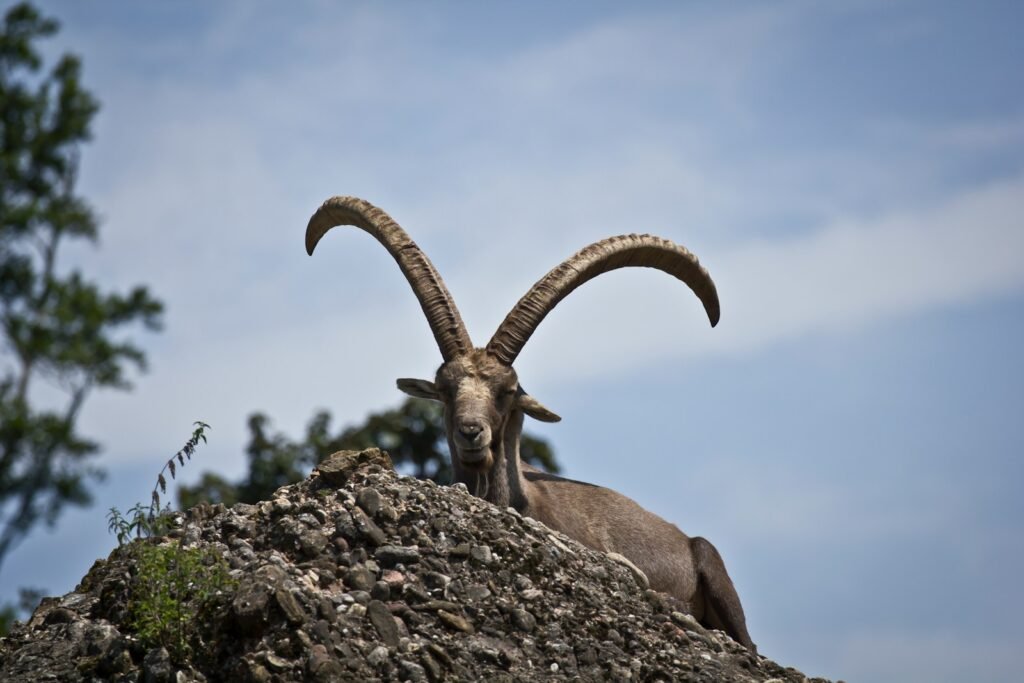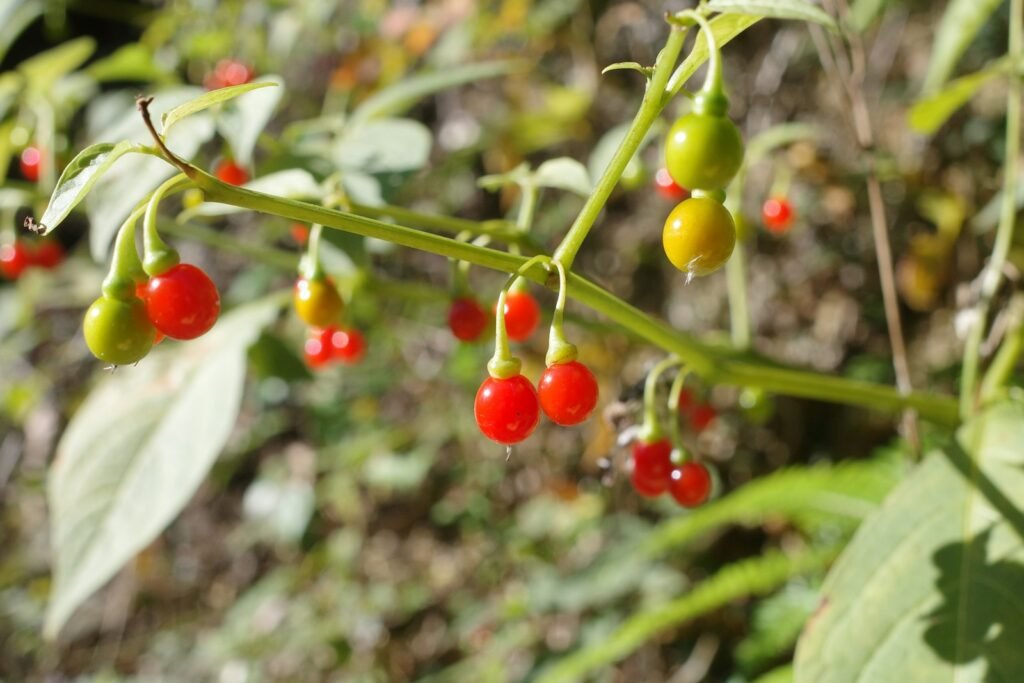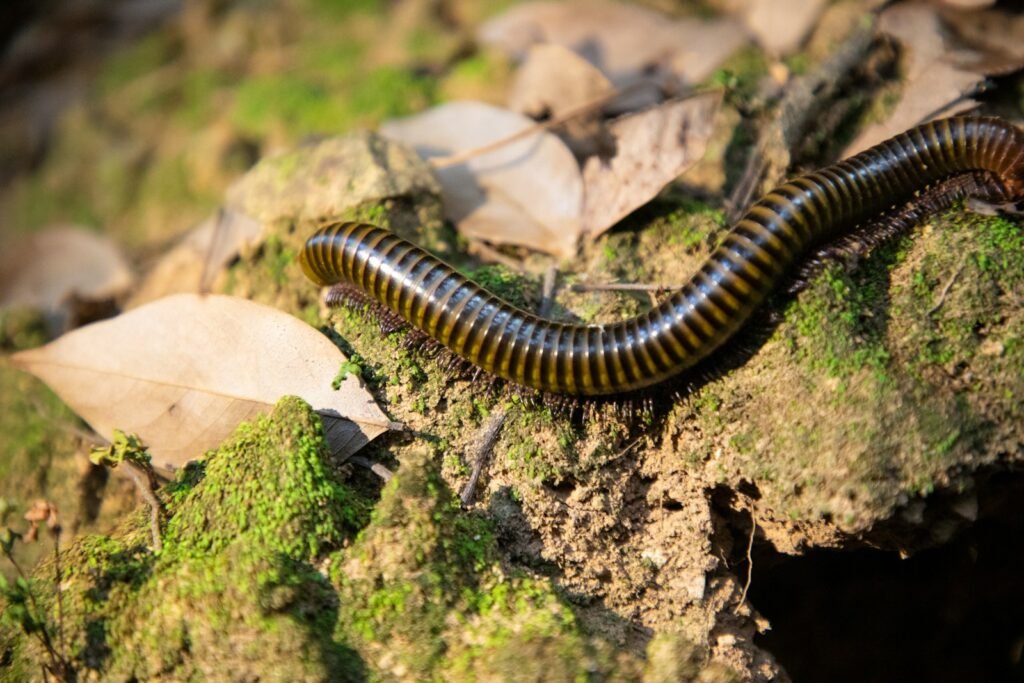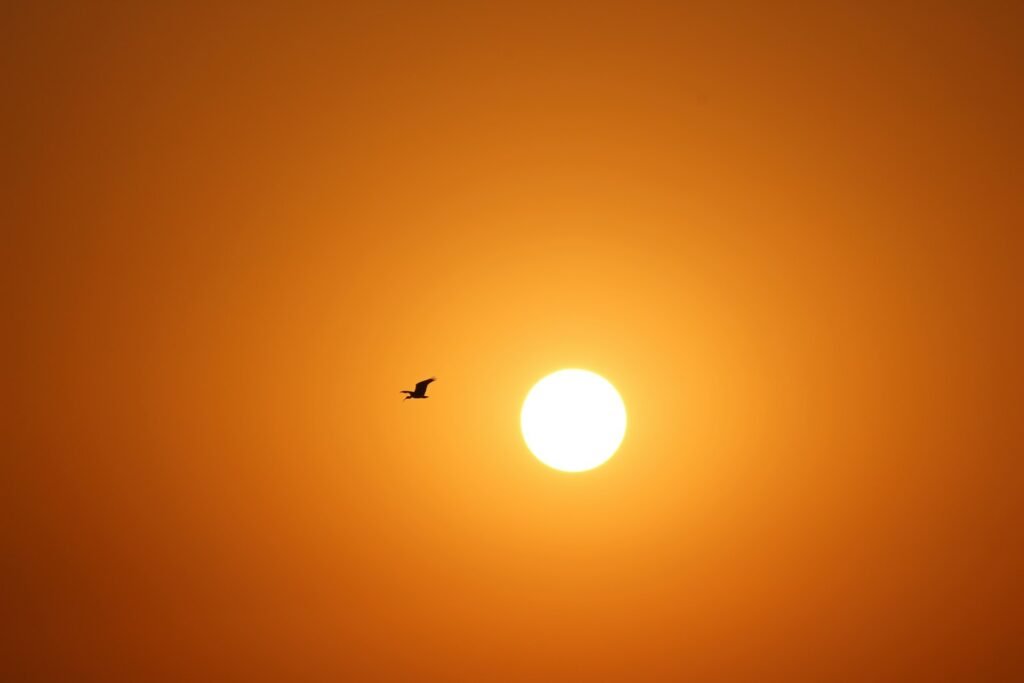Capricorn is the mountain sign – patient, pragmatic, relentless – and the wild offers living case studies that fit this profile with startling precision. Strip away the zodiac poetry and you’re left with hard biomechanics, survival math, and landscapes that punish mistakes. That’s where the story gets interesting: ten species whose daily lives demand the grit people often romanticize in a star sign. Their bodies solve problems of ice, heat, gravity, and hunger that engineers still wrestle with. Read on not as horoscope lore, but as a field report on toughness honed by evolution.
The Hidden Clues
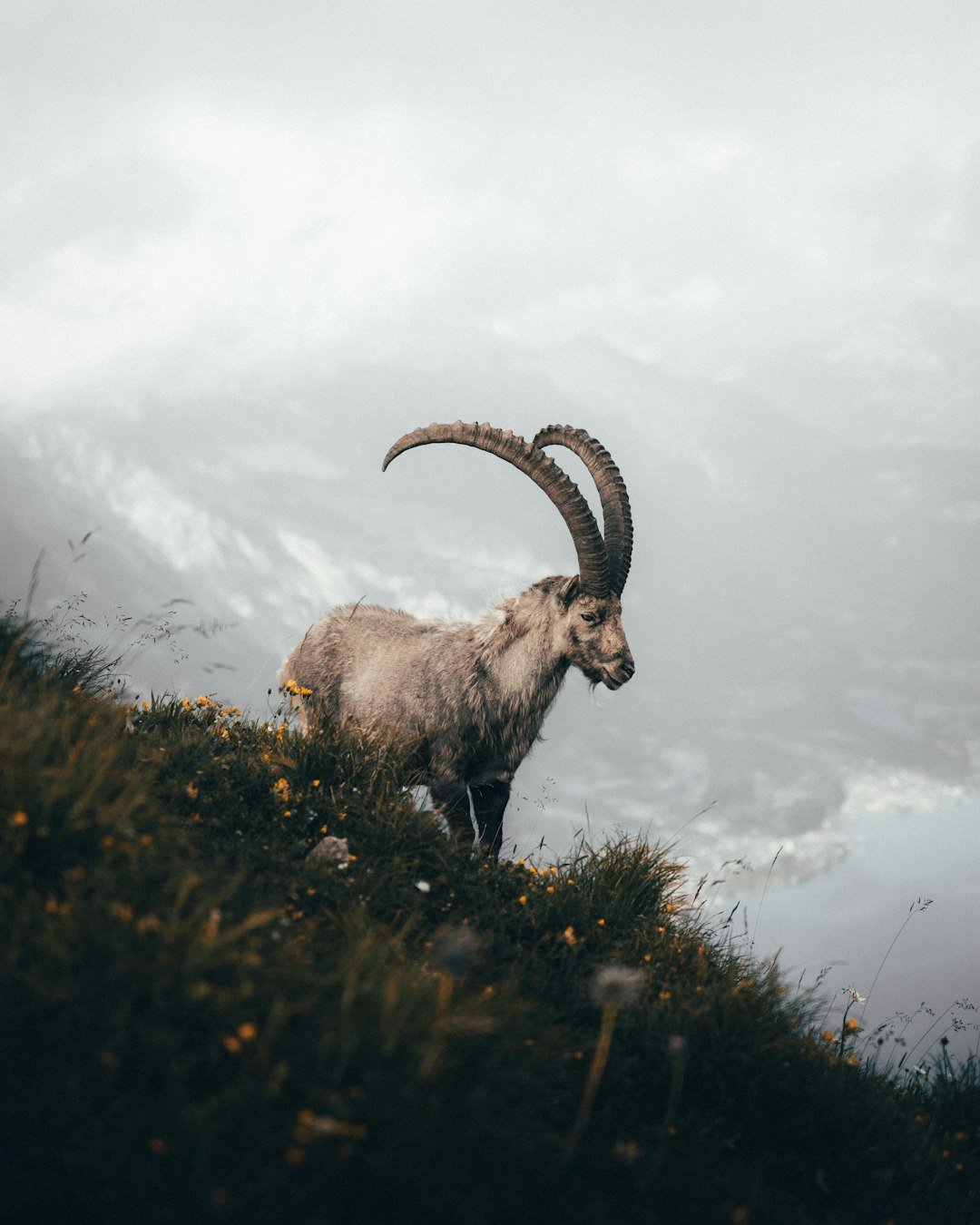
What does “Capricorn strength” look like when measured in muscle fibers, hoof geometry, and oxygen management under thin sky? It looks like mountain goats and Alpine ibex reading cliffs as if they were pages, musk oxen holding a defensive line in minus temperatures, yaks pulling oxygen from scant air, and snow leopards balancing on edges that make your stomach drop. It also looks like beavers re-plumbing watersheds, honey badgers refusing to back down, wolverines covering miles of snow in a single push, dromedary camels budgeting every drop of water, and bighorn sheep turning head-on collision into ritual. These animals are not metaphors first; they are systems that work under pressure. The surprise is how closely that working under pressure mirrors the Capricorn reputation for steadiness, caution, and grind-it-out ambition. If perseverance had field notes, they’d be written in hoofprints, claw marks, and ice-crusted whiskers.
High Cliffs, Steady Hooves
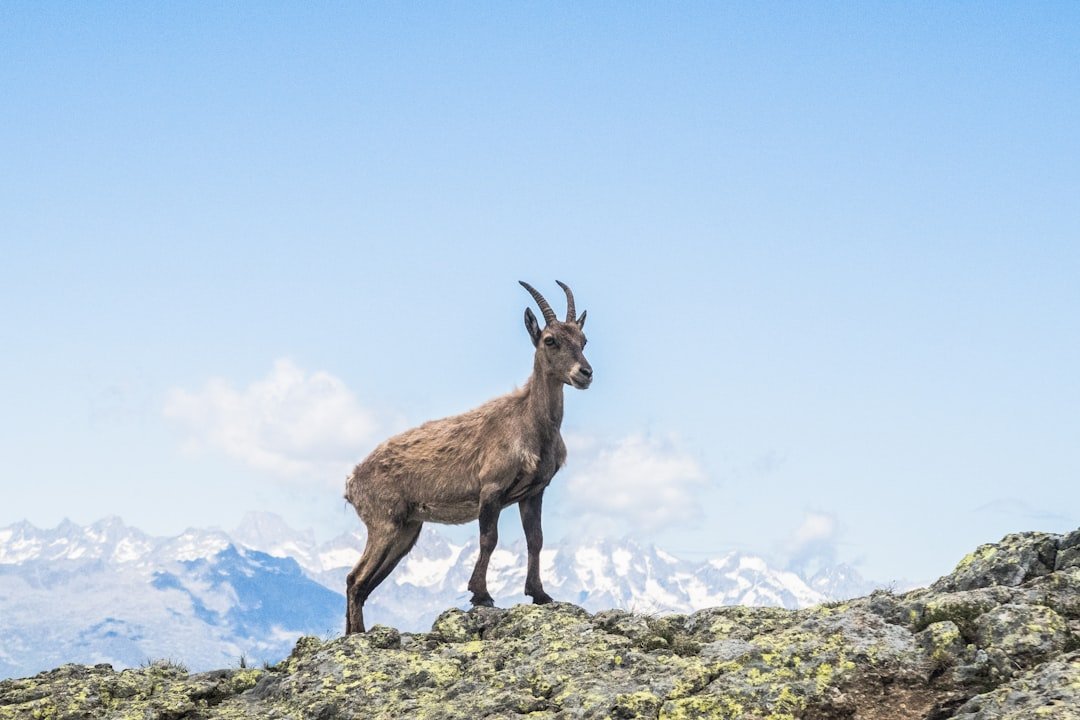
On crumbly limestone and razor ridgelines, mountain goats and Alpine ibex convert geometry into survival. Their split hooves grip with a hard outer rim and a textured, rubbery inner pad, allowing purchase on tiny ledges where a slip is a fall you don’t walk away from. Kids learn fast by shadowing adults, memorizing safe routes and testing edges in small, precise moves rather than risky leaps. You can watch an ibex traverse a dam wall or a goat tiptoe past a sheer drop and see risk assessment happening in real time. There’s strength here, but it’s disciplined strength – power applied exactly where it matters, and nowhere else.
Cold‑World Power and Patience
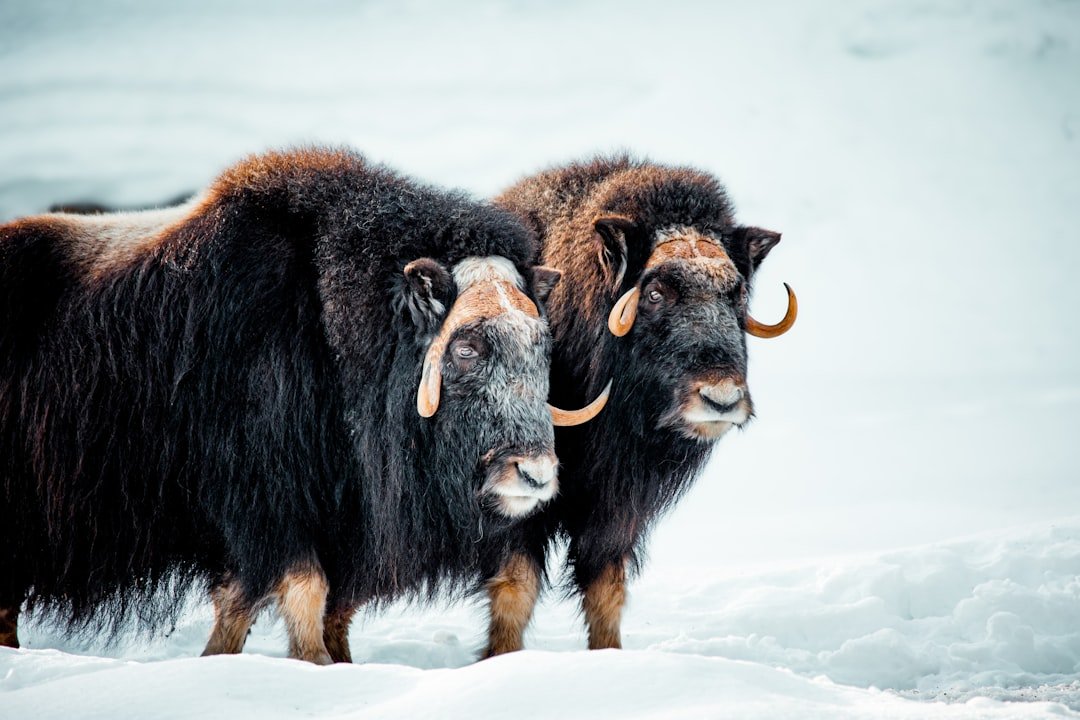
In the deep cold, musk oxen carry two coats: sturdy guard hairs over an ultrafine underwool that traps heat so well it feels almost unfair to winter. Their strategy is communal and stubborn, forming defensive circles that turn a herd into a fortress. Yaks push the altitude envelope with large lungs, blood tuned for oxygen-stingy air, and a metabolism that keeps engines running in thin, biting wind. Snow leopards add a different note – quiet power – using a long tail as a counterweight for tight, cliffside maneuvers and thick nasal passages that warm air before it hits lungs. If Capricorn had a weather forecast, it would be these four words: stay, brace, endure, advance.
Desert and Dryland Endurance
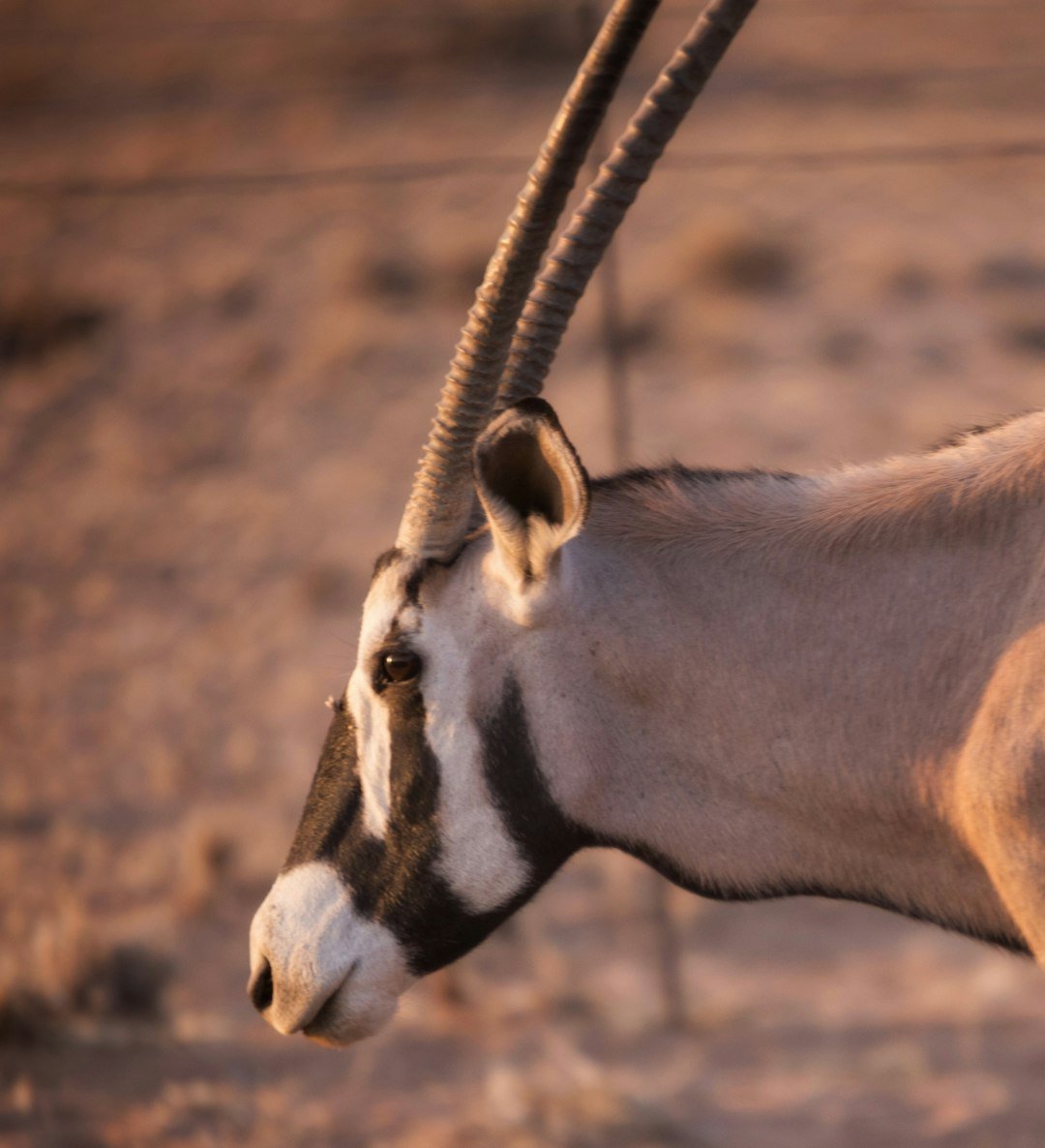
Heat punishes waste, and the dromedary camel is the accountant-in-chief of water budgets. Its hump stores fat, not water, letting the animal draw energy without carrying a sloshing reservoir, while nasal passages act as a heat and moisture recycling plant. The camel’s red blood cells handle dehydration without collapsing, and its gait spreads weight to make sand less treacherous. Alongside, the Arabian oryx answers the same problem with a different ledger – feeding at night when plants hold more moisture, reflecting sunlight with pale coats, and moving with a minimalist calm that saves energy. Endurance here isn’t dramatic; it’s the quiet refusal to leak strength you’ll need later.
Tenacity by Design
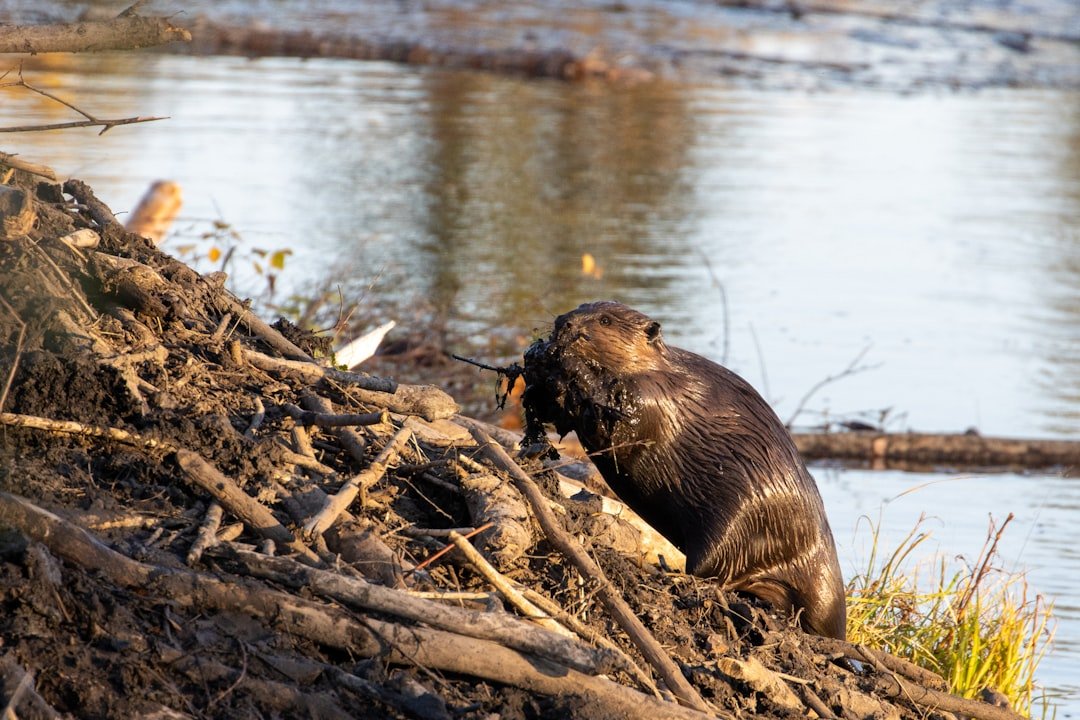
Beavers don’t just survive; they edit their habitat, slowing streams with dams that store water, dilute floods, and build refuge for countless species. That’s Capricorn energy rendered in timber and mud – patient construction with long-term payoffs. Wolverines add ruthless efficiency, traveling huge winter ranges on snowshoe paws and cracking frozen bones with jaws built like tools, a combination of endurance and opportunism.
Honey badgers bring armor and attitude, with thick skin, powerful forelimbs, and a problem-solving streak that turns obstacles into experiments. Bighorn sheep round out the set with ritualized combat, thickened skull structures, and horns that grow like ledgers of experience – each curve a record of seasons endured.
Why It Matters
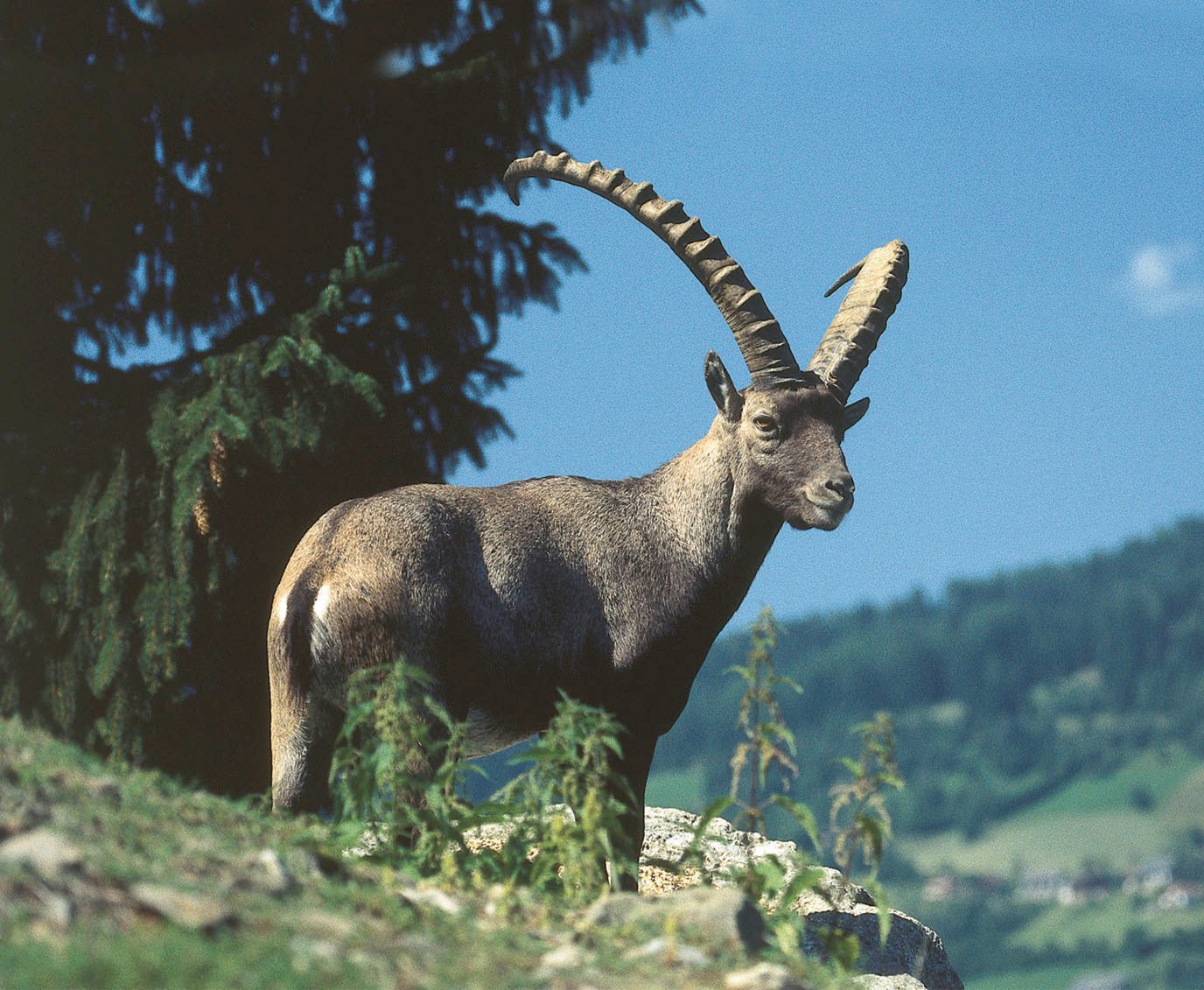
Traits we romanticize as “Capricorn” map onto measurable adaptations that help scientists solve modern problems. Hoof mechanics inspire grip systems for climbing robots and rescue gear designed for crumbling surfaces, while camel nasal anatomy informs passive cooling ideas that cut energy use in hot cities. Beaver-style watershed management is now a real conservation tool, with human-built analogs restoring wetlands, boosting biodiversity, and buffering drought.
High-altitude specialists like yak guide biomedical research on oxygen transport and could influence therapies for people working or recovering at altitude. Studying strength in the wild reframes it as strategy, not spectacle – quiet, efficient, repeatable choices that keep systems running when conditions are cruel.
The Future Landscape
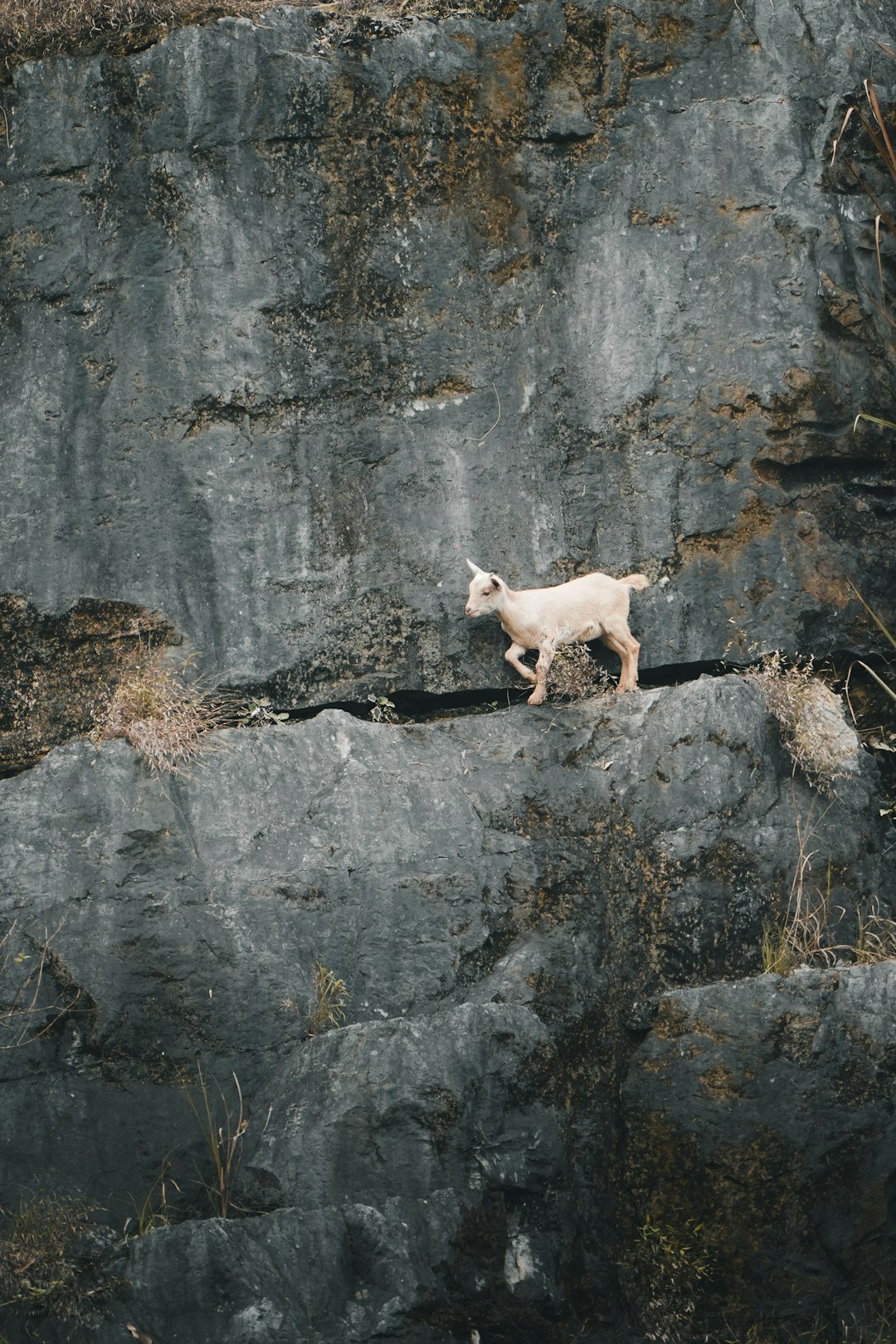
Climate pressure will test every one of these strategies, from shrinking snow lines that squeeze ibex and snow leopards into tighter corridors to harsher drought cycles that make beaver wetlands and camel routes more valuable and more vulnerable. The next decade will see denser bio‑logging – lighter GPS collars and multi-sensor tags – revealing how animals fine‑tune movement, energy, and risk. Expect more environmental DNA surveys and high‑resolution mapping to find migration choke points before they fail, plus AI models that flag when behavior starts to drift from healthy baselines.
Conservationists are also scaling beaver dam analogs and reconnecting river floodplains to store water like natural savings accounts. The thread through all of it echoes a Capricorn thesis: invest early, hold steady, and build resilience you can draw on when plans meet weather.
Conclusion
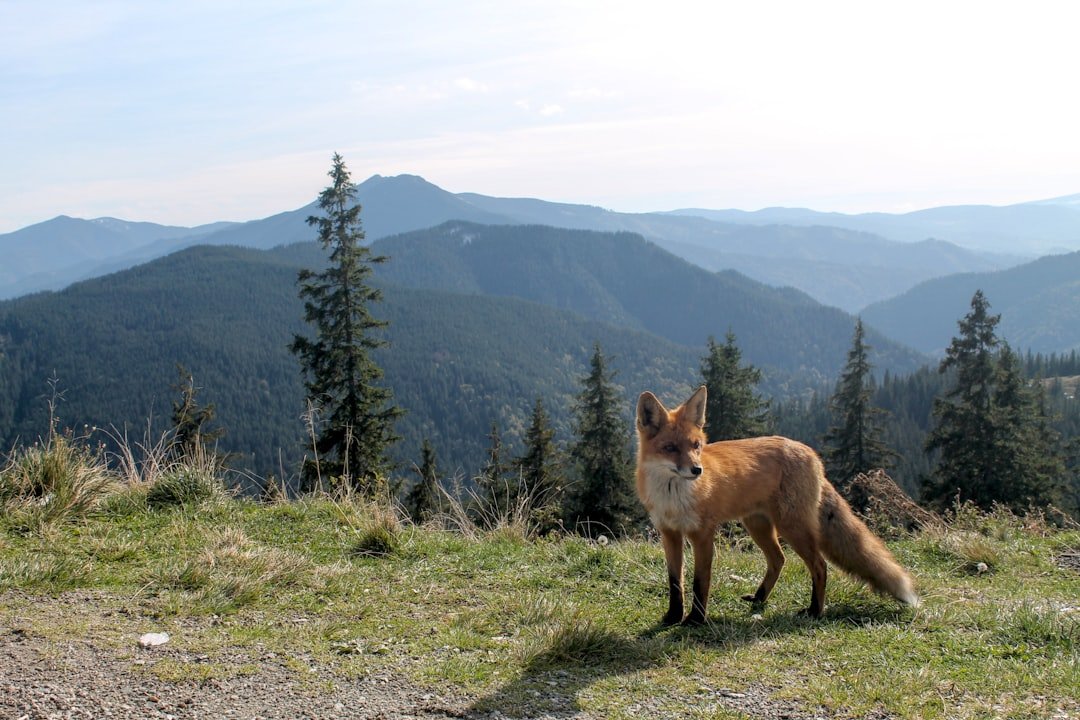
Support organizations safeguarding mountain corridors, snow refuges, and dryland water sources, because habitat links are the real lifelines for these species. If you live in beaver country, back stream restoration projects that re‑wet valleys and reduce fire risk; if you live near deserts, advocate for water policies that leave room for migration and drought buffers.
Choose responsible tourism that funds rangers and respects distance, and learn to read the subtle signs – tracks, scat, browse marks – that show who depends on the same water or ridge you’re enjoying. Feed your curiosity with field guides and open data portals so your attention goes where it counts most. Strength grows where attention flows, and the wild keeps the receipts.

Suhail Ahmed is a passionate digital professional and nature enthusiast with over 8 years of experience in content strategy, SEO, web development, and digital operations. Alongside his freelance journey, Suhail actively contributes to nature and wildlife platforms like Discover Wildlife, where he channels his curiosity for the planet into engaging, educational storytelling.
With a strong background in managing digital ecosystems — from ecommerce stores and WordPress websites to social media and automation — Suhail merges technical precision with creative insight. His content reflects a rare balance: SEO-friendly yet deeply human, data-informed yet emotionally resonant.
Driven by a love for discovery and storytelling, Suhail believes in using digital platforms to amplify causes that matter — especially those protecting Earth’s biodiversity and inspiring sustainable living. Whether he’s managing online projects or crafting wildlife content, his goal remains the same: to inform, inspire, and leave a positive digital footprint.

